A bold and crazy idea
Paul Doumer, Governor-General of Indochina from 1897 to 1902, was considered a harsh and dictatorial ruler in Indochina, but he was also enthusiastic about building a system of roads and railways with the aim of fully exploiting resources from Indochina.
Long Bien Bridge, when inaugurated in February 1902, was named after the Governor General of Indochina, Paul Doumer. This was a project that was considered great and one of the largest bridges in the world at that time, but before its construction, many people opposed it as a "crazy idea, impossible to implement".
Built in 3 years and can be considered spectacular when constructed across the fast-flowing Red River with primitive equipment. The story of the bridge's construction with native workers was recorded by the Governor General of Indochina in his memoirs Indochina (published by The Gioi Publishing House).
The idea of building a bridge was stated by the Governor General of Indochina as: "wanting to bring to the colony an infrastructure to help this country develop the potential value of its natural resources". Mr. Paul Doumer said that he would urgently implement this transportation project, including: roads, rivers, canals, water flow regulation, irrigation, dredging; railway system throughout Indochina; tram system; seaports... At that time, there were many opinions to discourage and ridicule "Building a bridge across the Red River? How crazy! It's no different from saying that we want to stack mountains on top of each other to climb to the sky..." (according to Indochina Country).
Paul Doumer was a French politician, born in 1857. He was Governor-General of Indochina from 1897 - 1902. He later became President of France from 1931 - 1932. He was assassinated by a Russian extremist in 1932.
Talking about the construction of a bridge connecting the two banks of the Red River, the Governor-General of Indochina said: “There is a project that I consider extremely urgent. It is a large bridge across the Red River to go to the left bank of the river. The city is separated from the provinces on the left bank by a 1,700m wide river, with many sand dunes that quickly form and then are submerged. For the natives, crossing the river is always difficult and expensive, sometimes even dangerous. The landing points on both banks are located at places that must be marked by an entrance channel, these points change with the seasons and are often very far from the roads leading to the city, making travel not easy.”
 |
Photo in article: Duong Minh Long |
Paul Doumer added that the Lang Son railway was forced to stop 3km from the Red River because there was no bridge, so his idea was “to definitely establish in Bac Ky a railway system converging to Hanoi, not only connecting this city with the sea, but also connecting it with Trung Ky and China. It is impossible to let the two halves of the railway system be separated by the river” (according to Xu Dong Duong).
In 1897, the tender for the construction of the bridge was opened and the project of the contractor Daydé and Pillé of Creil was chosen. The first stone was laid and construction began in the dry season, September 1898.
According to the design of the bridge, the distance between the two abutments on both sides of the river is 1,600 meters. The bridge has 19 continuous spans made of cantilever steel girders. Twenty masonry pillars, including piers and abutments, to rest on solid ground, had to be lowered to a depth of 30 meters below the lowest water level of the Red River. These piers and abutments protrude 13.5 meters above the water level; therefore, their total height is 43.5 meters. The space between the main girders of the bridge is reserved for railways; roads are built on both sides. Combined with the 800-meter length of the concrete bridge extending from within Hanoi City, the total length of the project is up to 2,500 meters.
The small and determined Annamese workers
The construction of the bridge, according to Paul Doumer, was the work of French engineers, foremen and craftsmen, along with Annamese workers. “This work pays tribute to all of them. In fact, the entire piers were built and the steel bridge body was assembled by Asian workers, mainly Annamese, with the efforts of some Chinese.”
To construct the bridge foundations, the workers had to sit in Ketxon tanks (large tanks that water could not enter, compressed air was supplied into the tank). This tank accompanied the workers to the bottom of the river, deep underground. The workers worked in shifts of 4 hours each. When the workers were brought up, they were given tonics, massaged, and had a doctor come to check their health... "This kind treatment has made the reputation of the construction sites spread far and wide, and more and more people came to apply to work there," said the Governor-General of Indochina (according to Indochina).
 |
Paul Doumer describes “When it descended to a depth of 20 meters below the surface, with an air pressure equivalent to two atmospheres, then 25 meters, then 30, with a terrible pressure of three atmospheres and finally 31, 32, sometimes 33 meters, in these conditions the construction became extremely harsh. The brave little Annamese workers lived at this depth without fear, without protest. They were proud of what they did and the people around them admired them, and at the same time envied the high wages of these workers”.
When the bridge piers were completed, steel beams were shipped from France for assembly. Speaking about the assembly of steel beams and riveting, the Governor-General of Indochina said that the Annamese workers were more skillful than the Chinese workers: “The native workers still assembled the metal beams, operated the heavy lifting equipment, and riveted the rivets. Initially, the riveters were mainly recruited from the Chinese community, who were stronger than the Annamese; but gradually the Annamese pushed the Chinese aside.”
The creativity and wisdom of the Vietnamese people made him exclaim: “The Annamese people are certainly a superior people compared to the surrounding peoples… The Annamese people are intelligent, industrious and brave.”
The bridge was completed in 3 years of construction, costing more than 6 million French dollars at that time. The bridge was named after the French Governor General “Paul Doumer” and was inaugurated in February 1902. This was also the time when he ended his mission in Indochina and returned to France.
The late writer Nguyen Xuan Khanh commented: “Under Doumer, the infrastructure of Indochina was built and constructed rapidly. He wanted to turn Indochina into a consumer market for French industry, and at the same time wanted to fully exploit resources from Indochina. To do that, there must be ports, roads, bridges, etc.
It was during this time that the Doumer Bridge - later renamed Long Bien Bridge - was built. This bridge was considered a wonder of Indochina at that time. During this time, Doumer also built the Thanh Thai Bridge (Trang Tien Bridge) across the Perfume River in Hue and the Binh Loi Bridge across the Saigon River.
He built the port of Hai Phong and designed the Indochina Railway connecting to Yunnan. This railway was not completed until 1937. He was so enthusiastic about the construction that the French press mocked him as a railwayist.
He was also the one who supported and backed Yersin's research work, agreed to build Da Lat city and plant rubber trees, forming rubber plantations to create export goods.
Under Paul Doumer's rule, Hanoi was the first Asian city to have electricity. Paul Doumer was a true colonialist, acting entirely for the benefit of France. But he was a talented and visionary economist. As a result, the French benefited, but the colony was also modernized and Westernized. A Western-style country, industrialized, urbanized, and modernized, was emerging.
Source: https://baophapluat.vn/ky-nang-tuyet-voi-cua-nguoi-an-nam-xay-cau-paul-doumer-post543814.html



![[Photo] Closing of the 11th Conference of the 13th Central Committee of the Communist Party of Vietnam](https://vstatic.vietnam.vn/vietnam/resource/IMAGE/2025/4/12/114b57fe6e9b4814a5ddfacf6dfe5b7f)

![[Photo] Overcoming all difficulties, speeding up construction progress of Hoa Binh Hydropower Plant Expansion Project](https://vstatic.vietnam.vn/vietnam/resource/IMAGE/2025/4/12/bff04b551e98484c84d74c8faa3526e0)


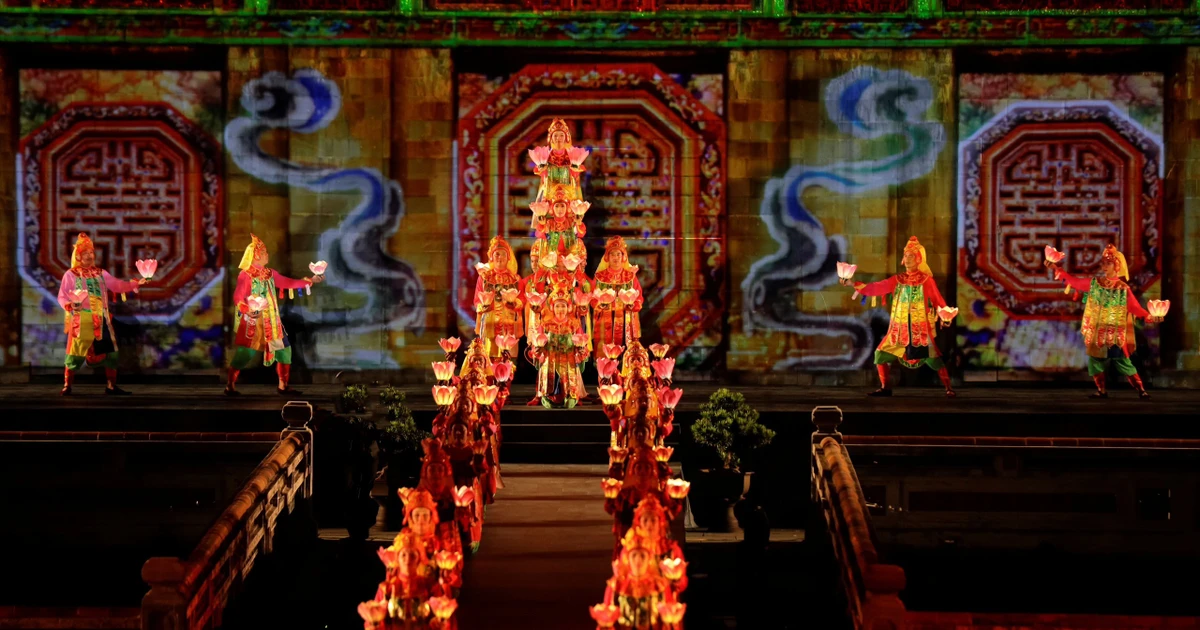
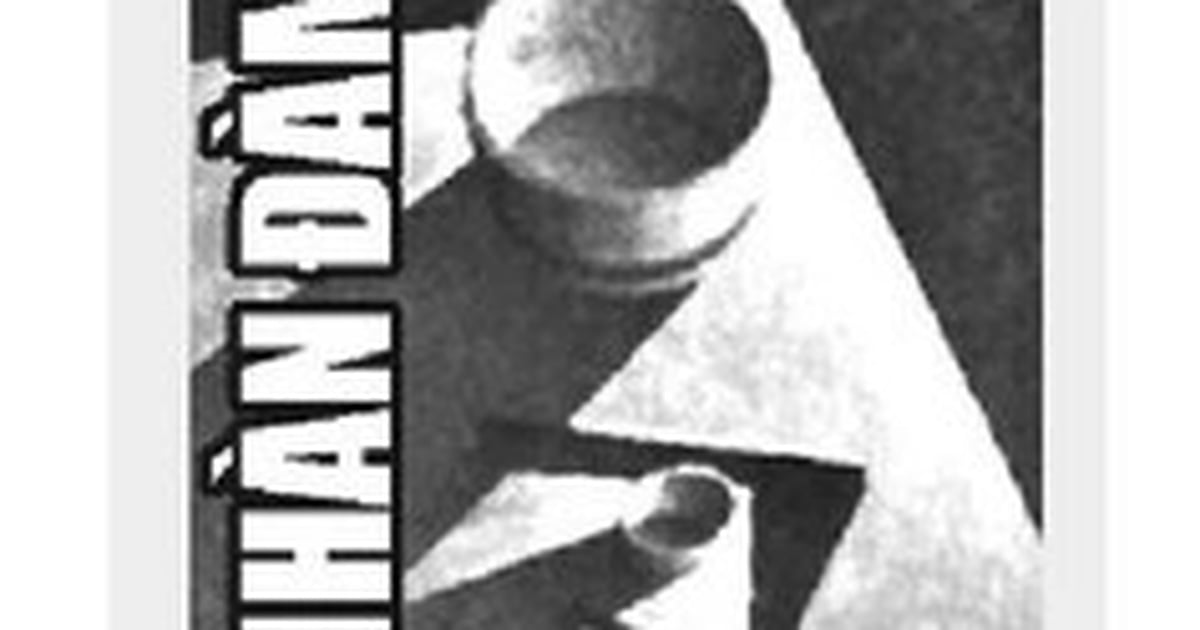

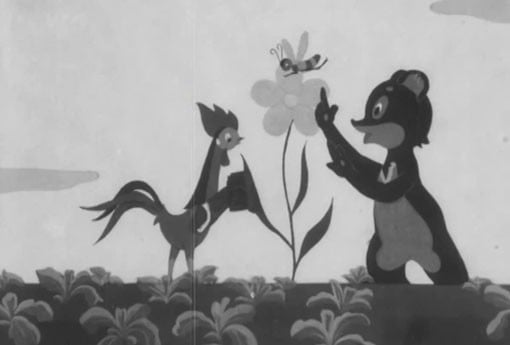
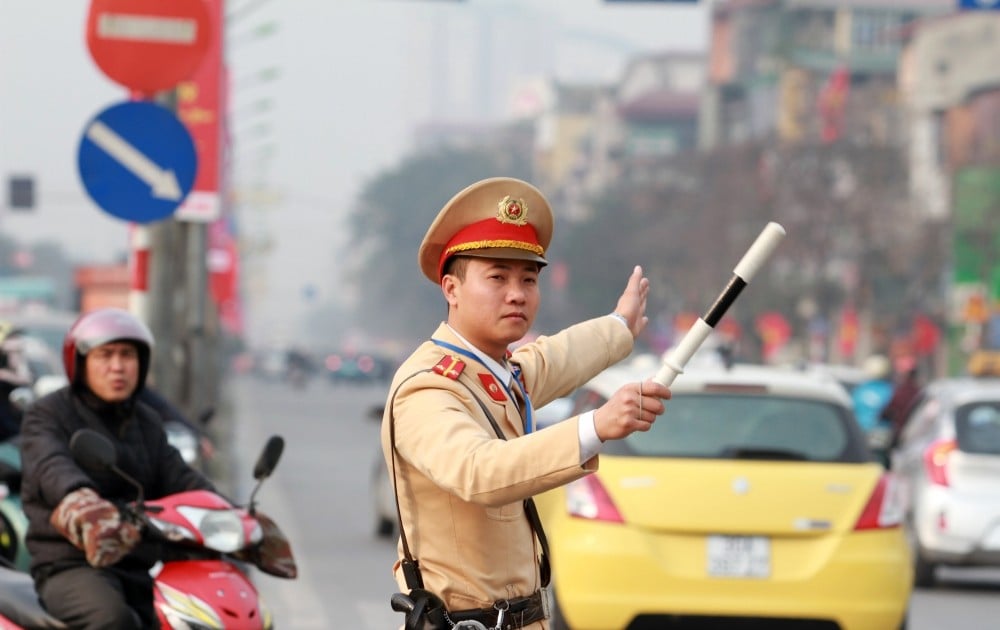
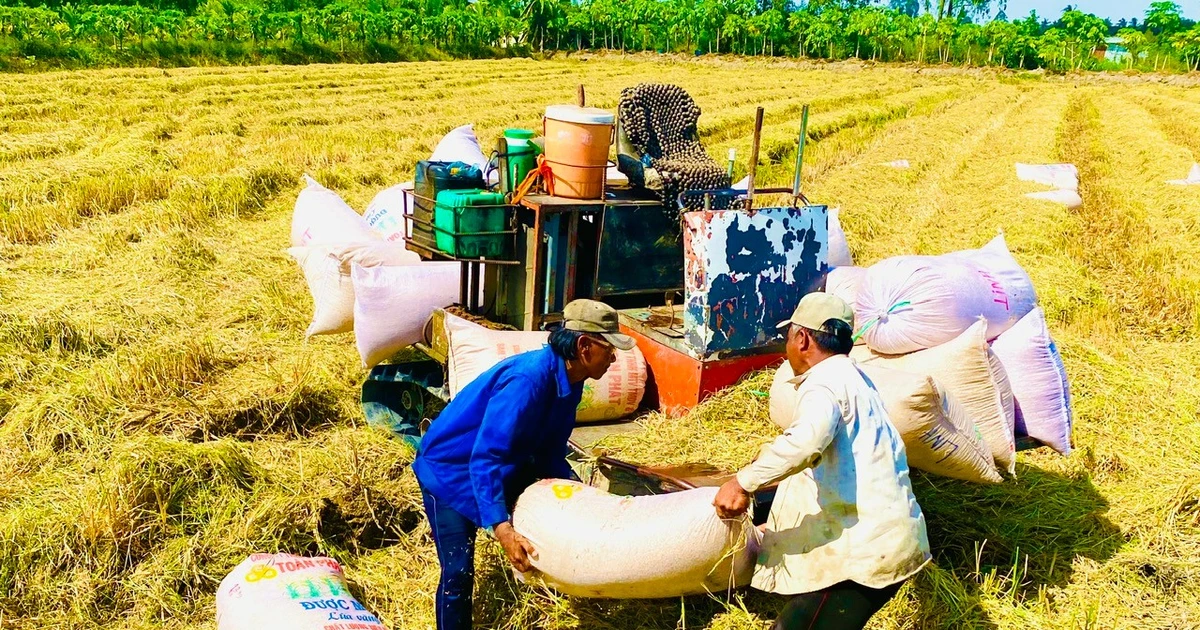




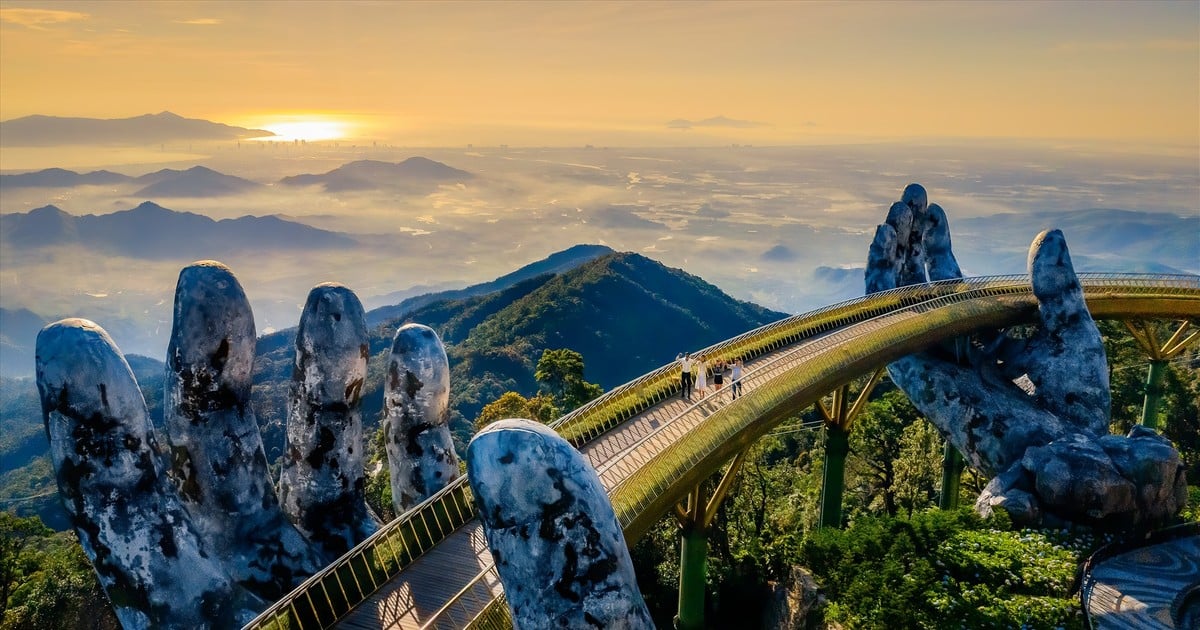
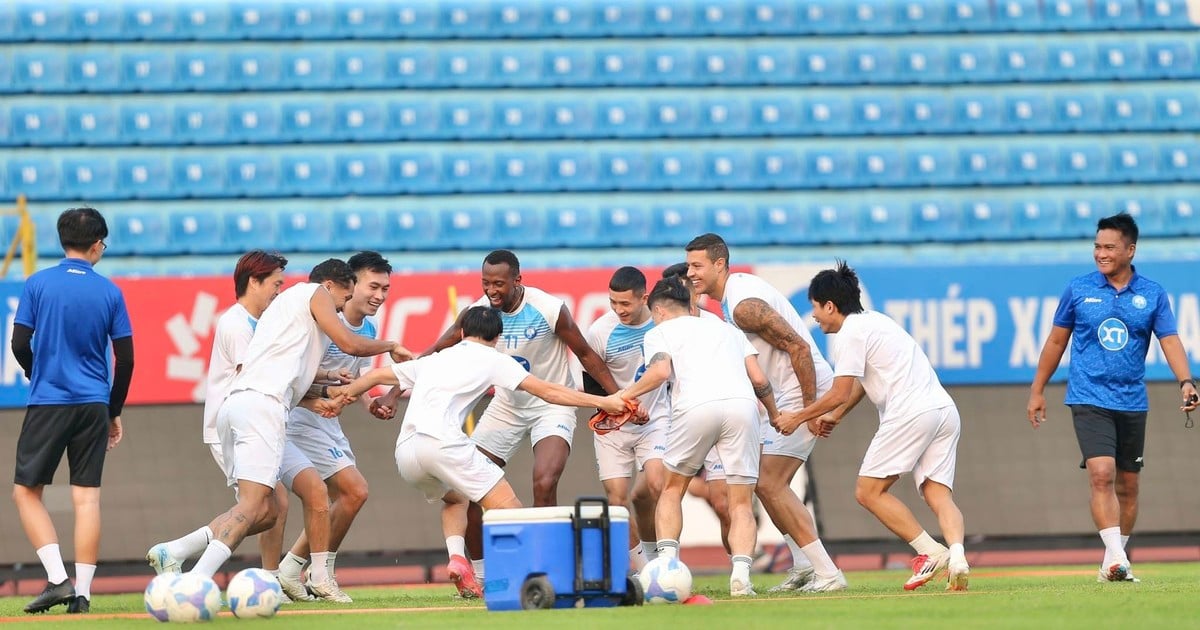
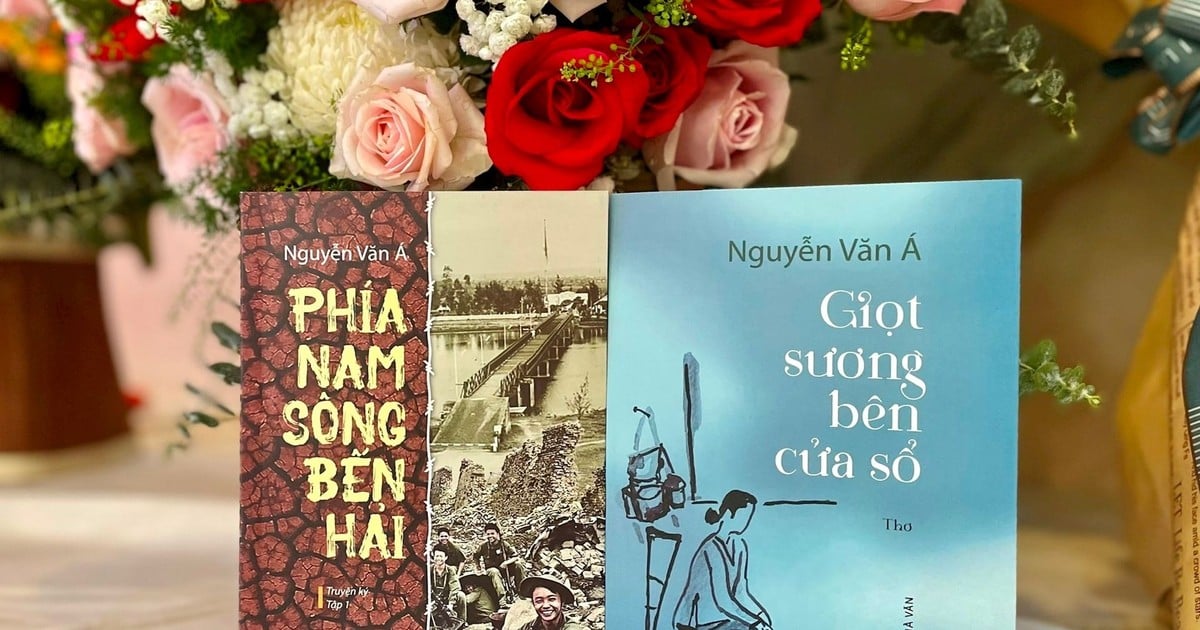





































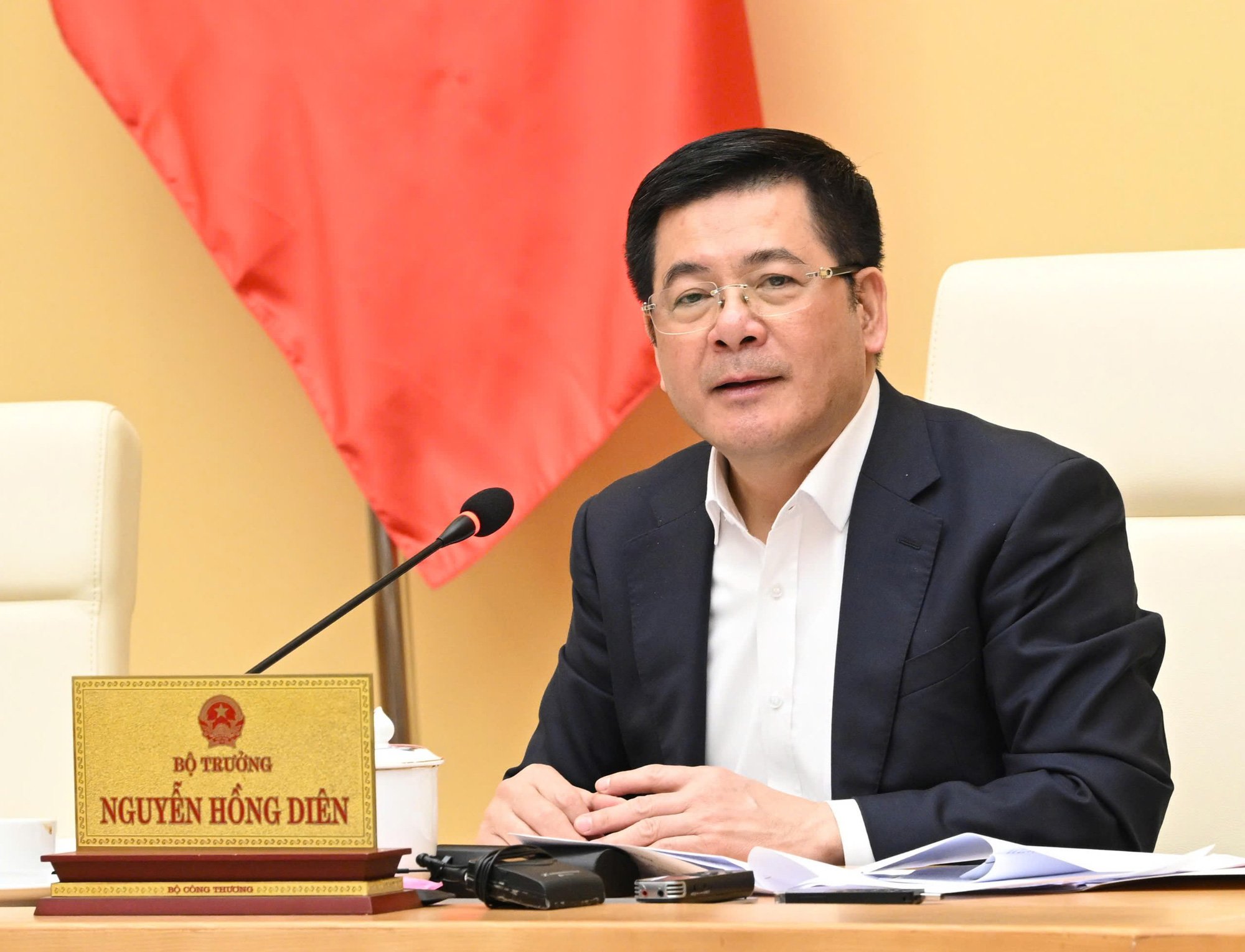
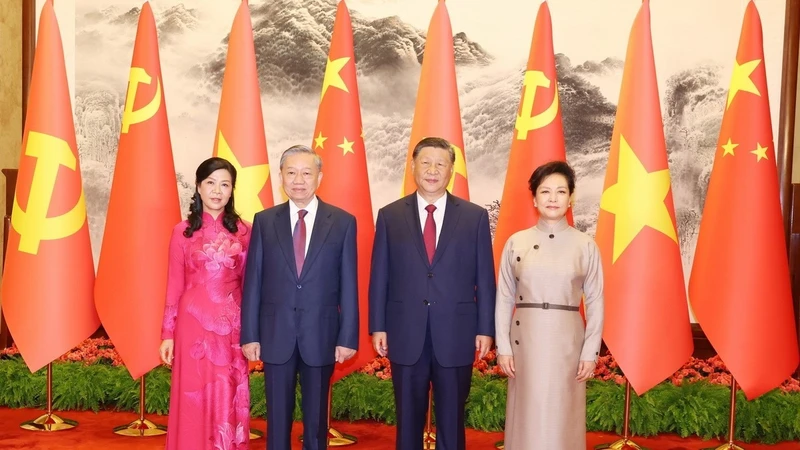












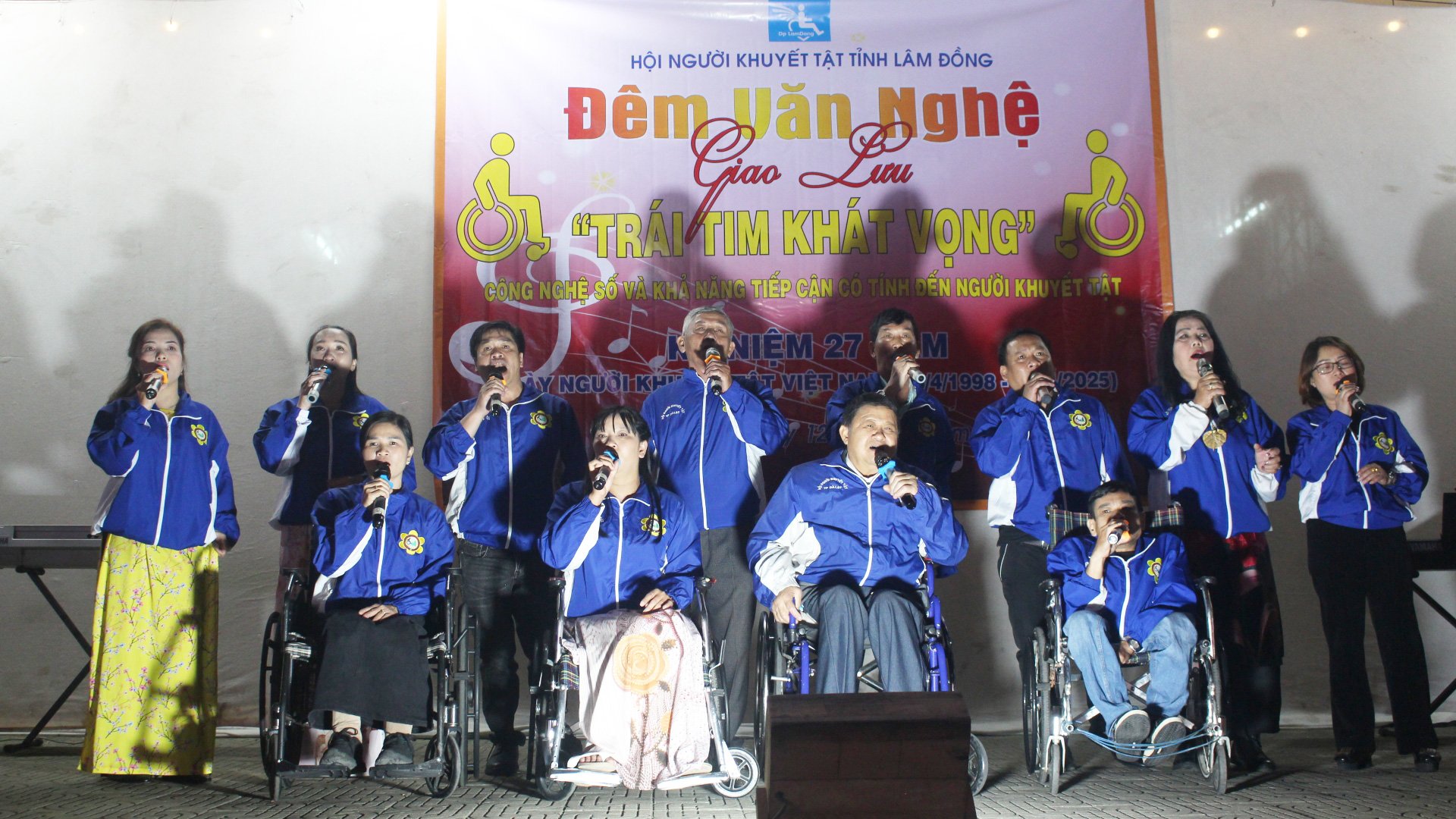

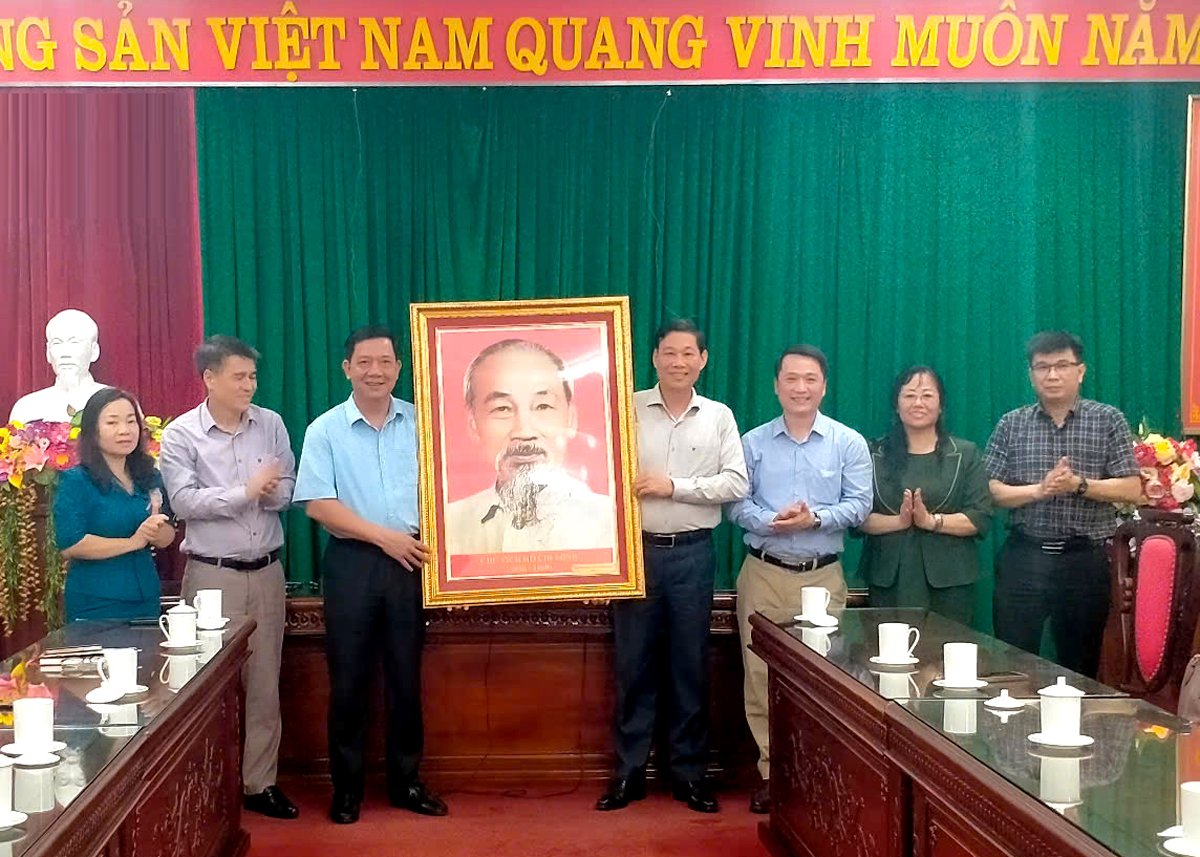
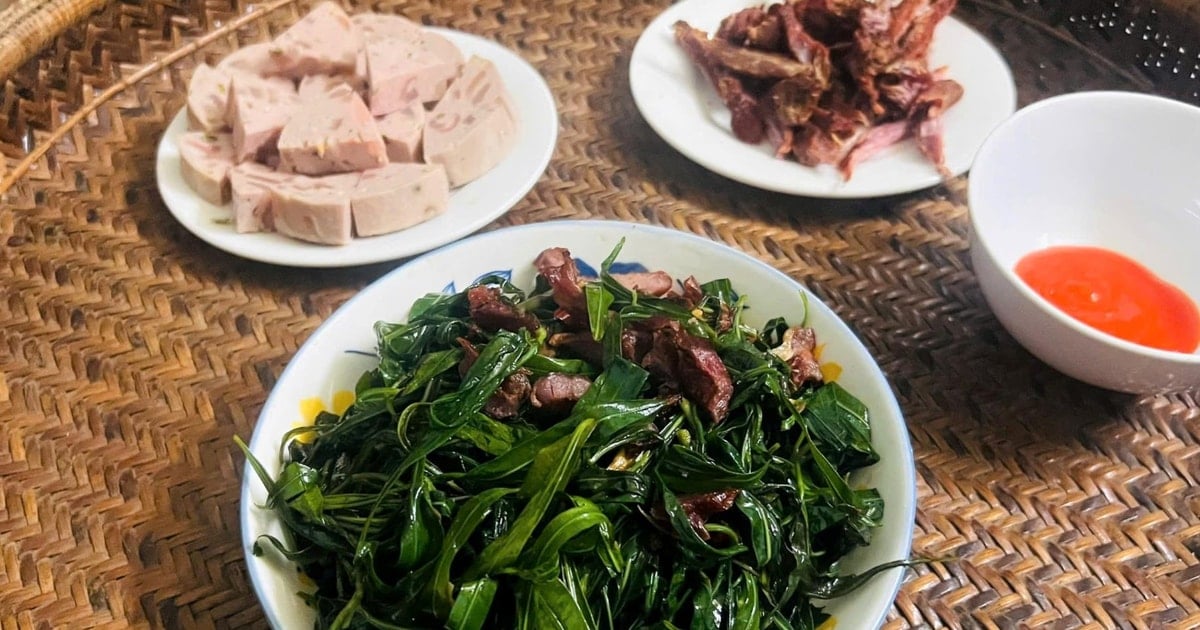













Comment (0)